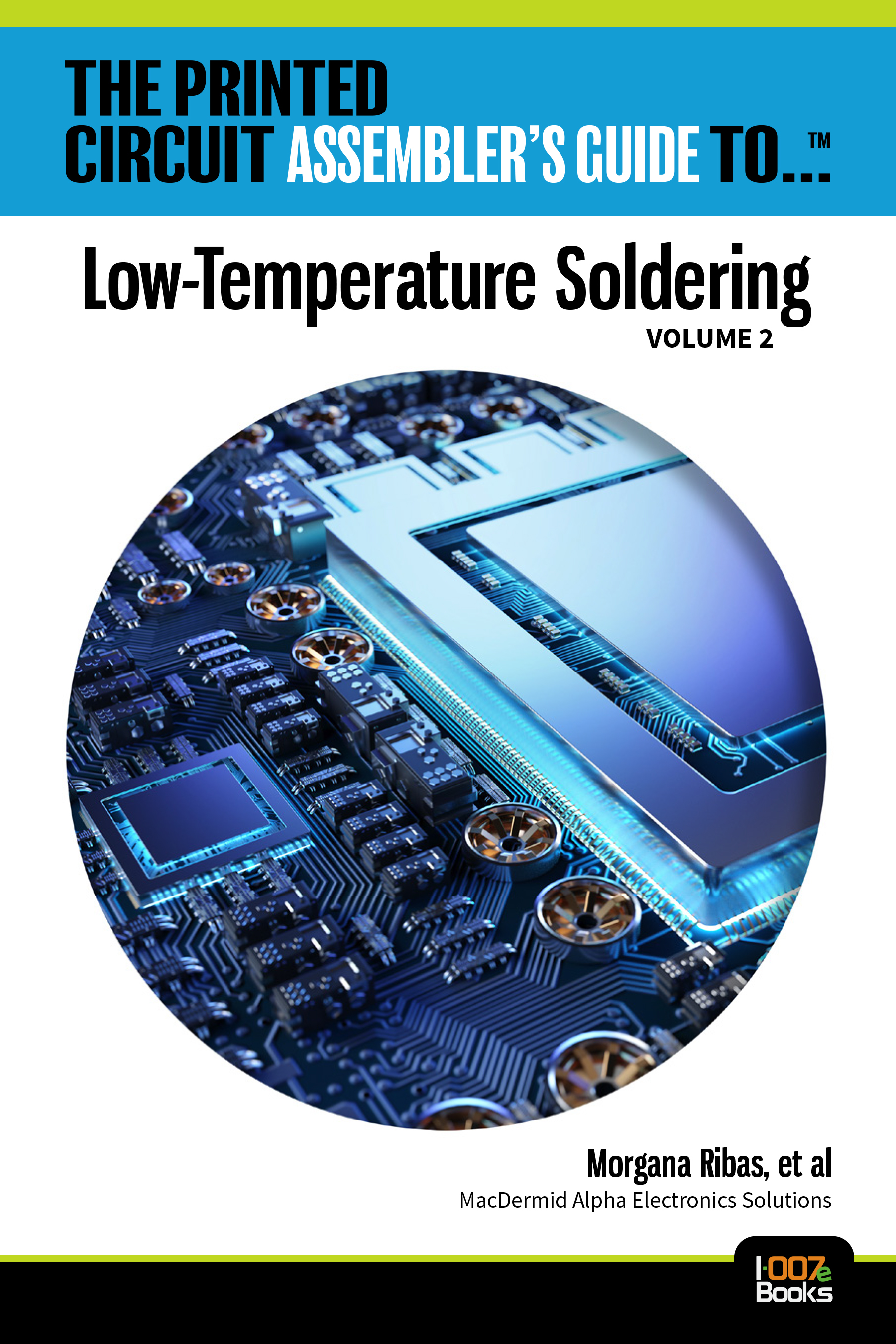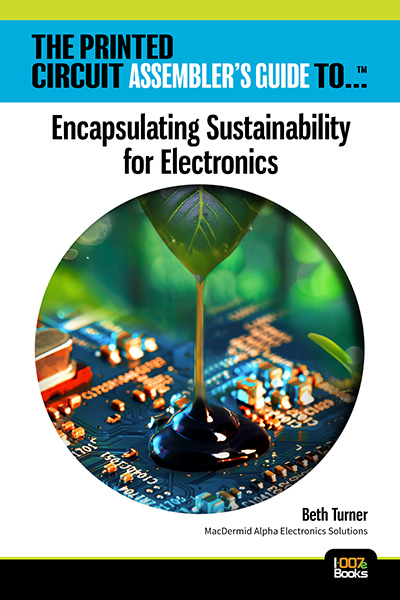-

- News
- Books
Featured Books
- pcb007 Magazine
Latest Issues
Current Issue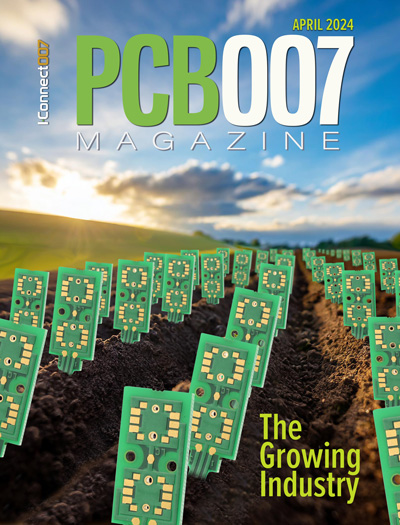
The Growing Industry
In this issue of PCB007 Magazine, we talk with leading economic experts, advocacy specialists in Washington, D.C., and PCB company leadership to get a well-rounded picture of what’s happening in the industry today. Don’t miss it.
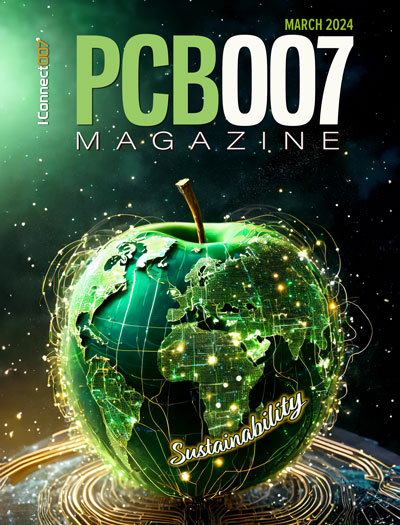
The Sustainability Issue
Sustainability is one of the most widely used terms in business today, especially for electronics and manufacturing but what does it mean to you? We explore the environmental, business, and economic impacts.
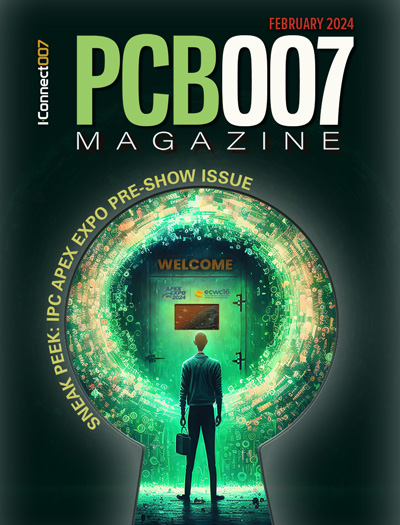
The Fabricator’s Guide to IPC APEX EXPO
This issue previews many of the important events taking place at this year's show and highlights some changes and opportunities. So, buckle up. We are counting down to IPC APEX EXPO 2024.
- Articles
- Columns
Search Console
- Links
- Events
||| MENU - pcb007 Magazine
Happy’s Tech Talk
Column from: Happy Holden
Happy Holden is the retired director of electronics and Innovations for Gentex Corporation. He is the former chief technical officer for the world’s largest PCB fabricator, Hon Hai Precision Indus-tries (Foxconn). Prior to that, Happy was the senior PCB technologist for Mentor Graphics and the advanced technology manager at Nan Ya/Westwood Associates and Merix. He previously worked at Hewlett-Packard for over 28 years as director of PCB R&D, CIM Product Marketing and PCB manufacturing engineering manager. He has been involved in advanced PCB technologies for over 50 years.
He is currently a contributing technical editor to I-Connect007 and recently published his 24 Essential Skills for Engineers book which can be found in the I-007eBooks library.
